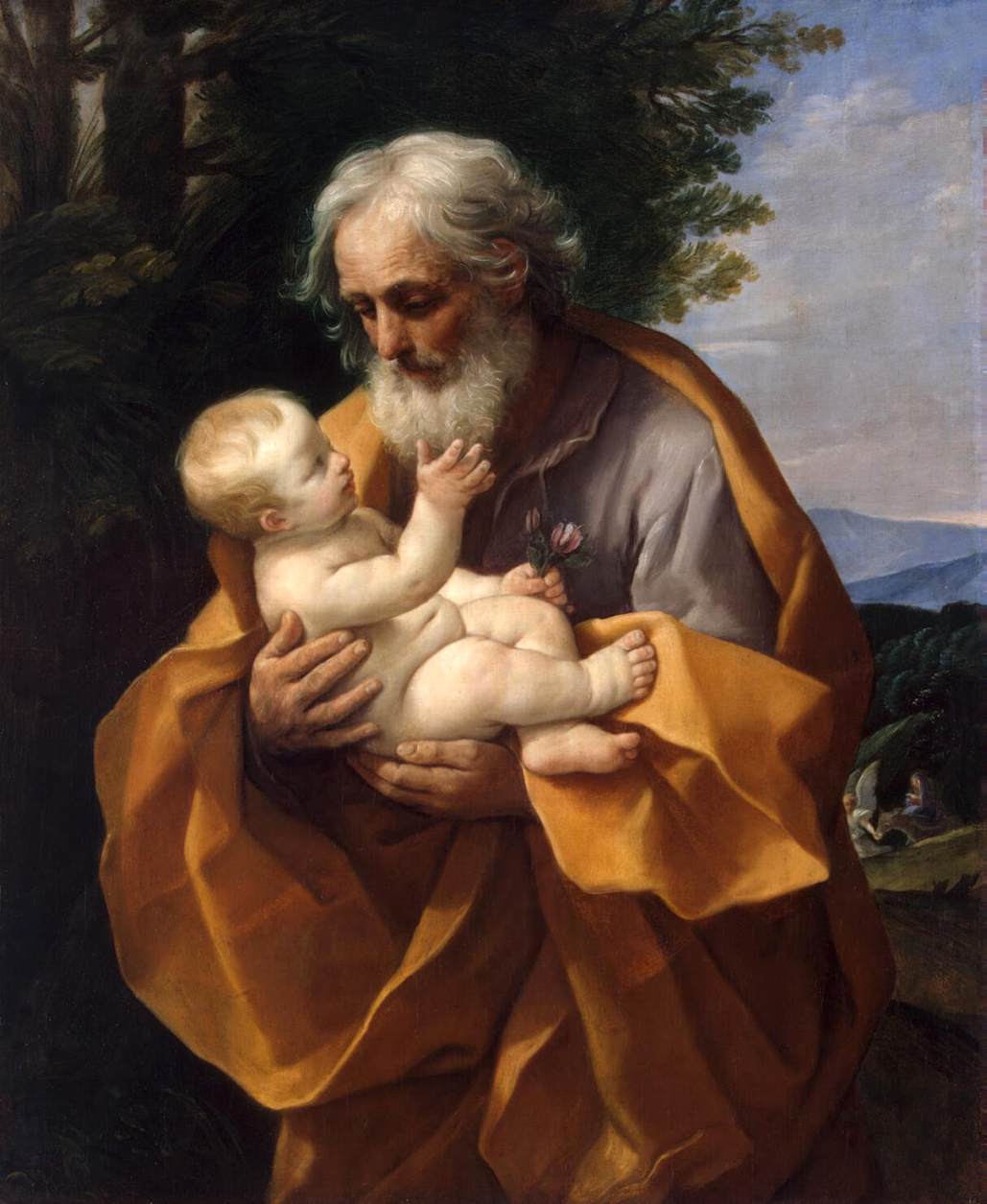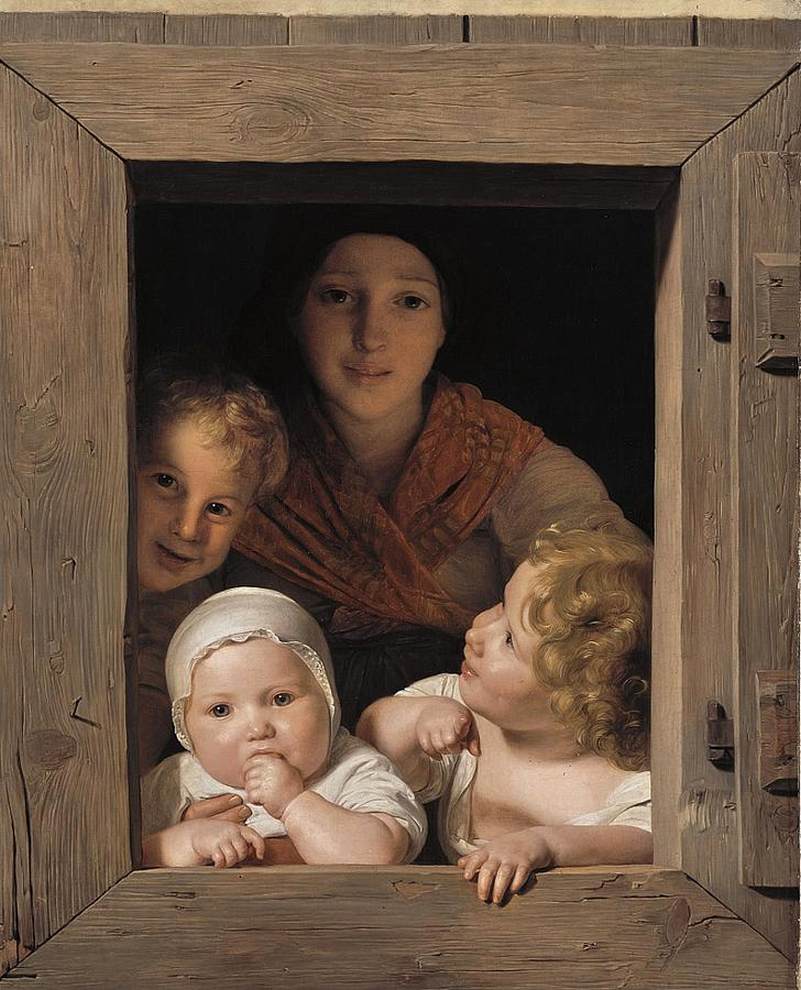Image: Guido Reni, Public domain, via Wikimedia Commons
There is a story that during a severe famine in Sicily, the people prayed to St Joseph, who rewarded their prayers with showers of rain, or, a different version has it, by a huge crop of fava beans, and that this was the origin of the traditional St Joseph’s Table.
A St. Joseph’s Table consists of three tiers (symbolical of the three members of the Holy Family, and the three persons of the Blessed Trinity). The top tier contains a statue of St Joseph, while the other tiers contain bread, pastries, flowers, and candles. Traditionally, some food was set aside to be given to the poor, and sometimes three people would dress up, as Jesus, Mary, and Joseph.
In New Zealand and Australia, Saint Joseph’s Day is a Solemnity. My family has made a St Joseph’s Table almost every year for a long time. Since St Joseph’s Day falls in harvest time, we often fill our St. Joseph’s Table with home-grown produce, and make pumpkin pie with squashes from our veggie patch. Lilies are wonderful for the St Joseph’s table, and if, like us, you don’t have fresh ones, they’re pretty easy to make out of paper. Alternately, you can twist pipe cleaners into the shape of lilies, then dissolve borax in water, and soak the lily-shaped pipe cleaners in the borax water for a few days (just maybe don’t let young kids handle borax). You will have some beautiful lilies that look like they are made out of crystal.
Other great ideas for St Joseph’s Day are to do a St. Joseph’s Novena, get to Mass, and pray the Litany of St Joseph as a family.
Resources used for this article:
St. Joseph Feast Day Celebration Ideas for your Home – Catholic Icing





